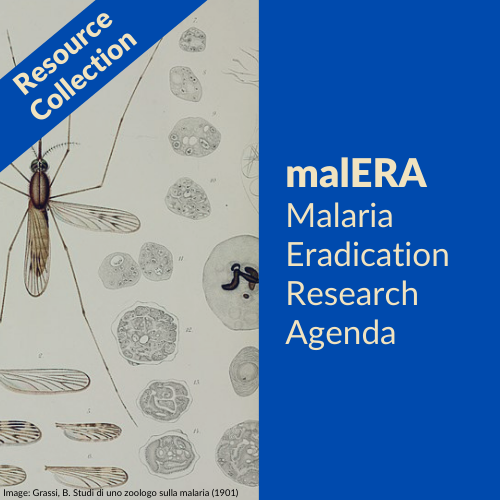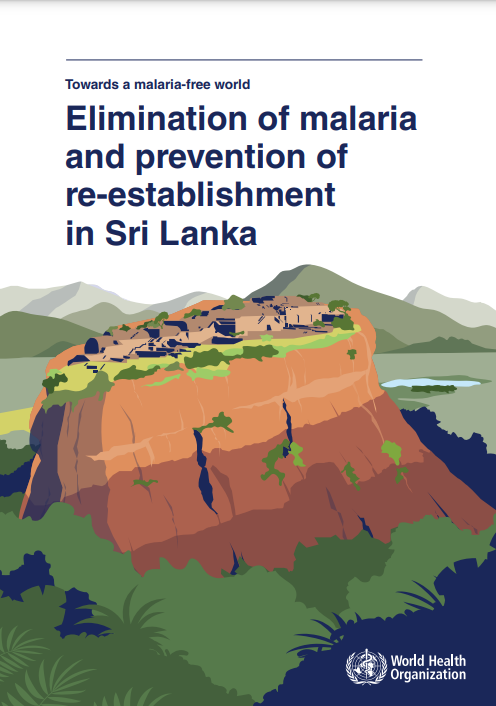ASTMH 2016, Ernesto Ruiz-Tiben: “Guinea Worm Disease Eradication: an update”
Collaborator(s): The Carter Center, United States
Published: 14/11/2016
In collaboration with ASTMH, Image Audiovisuals, and session presenters, MESA brings you this webcast from the 65th ASTMH annual meeting in Atlanta, November 2016.
Title: “Guinea Worm Disease Eradication: an update”
Speaker: Ernesto Ruiz-Tiben, Carter Center
Session information: Symposium 19: Disease Elimination and Eradication: Programmatic Best Practices, Lessons Learned and Challenges
Monday, 14 November, 10:15am – 12:00pm, Marriott – Marquis D
Abstract:
Increased global health funding has led to great progress in reducing morbidity and mortality of various diseases, including HIV, tuberculosis, malaria and various neglected tropical diseases (NTDs). For some diseases progress has been such that transmission elimination and even eradication are now targeted. However, what is the science, policy and operational must-haves to get us to that point? What are we learning from decade-long elimination and eradication efforts that have been successful? What are the challenges to get the “job done”? Why have some efforts been less successful, stalled, or not even taken off the ground? This symposium will discuss updates and keys to success of two eradication programs (Guinea worm disease [GWD] and polio) and a successful elimination program (malaria in Sri Lanka); it will also discuss why progress of one elimination effort (Chagas disease) has been uneven. The GWD eradication campaign began in 1986, when 3.5 million cases occurred annually in 20 countries in Africa and Asia. By 2015, 22 cases were reported from 20 out of 4,000+ villages under active surveillance in the 4 remaining GWD endemic countries (Chad, Ethiopia, Mali, South Sudan). The campaign aims to interrupt transmission in 2016, but insecurity is a challenge in South Sudan and Mali, as is the peculiar GWD epidemiology in Chad. In 1988, when the Global Polio Eradication Initiative started, polio paralyzed 1,000+ children each day. Since then, due to 200+ countries and 20 million volunteers cooperating, 2.5+ billion children have been immunized against polio. Global incidence has declined by 99.9%: four of six WHO regions are certified as polio-free and Africa has not had a confirmed polio case in nearly two years; only two countries (Afghanistan, Pakistan) remain endemic. Tackling the last 0.01% of cases is difficult due to conflict, political instability, hard-to-reach populations, program management gaps, difficult communication, community distrust and poor infrastructure. In 1999, the Sri Lankan malaria program reported 264,549 confirmed malaria cases. Since 2012 there have been no autochthonous malaria cases; 36 travel-related cases were reported in 2015. Work now focuses on certifying the country to be malaria-free and on ensuring that existing systems prevent re-emergence of autochthonous transmission. Ten-to-twenty million people live with Chagas disease, one of the most important parasitic diseases in the Americas. Great progress was made to control vector- and blood-borne disease transmission in the 1990s and 2000s, which led WHO to announce in 2007 a renewed strategy to eliminate Chagas disease in the Americas by 2010. However, six years later, a clear strategy for elimination has yet to be defined, with variable progress of elimination efforts in endemic countries.


